During a cross-country journey in Ford’s electric F-150 Lightning, Ford CEO Jim Farley encountered firsthand the challenges electric vehicle (EV) owners often face when charging their vehicles.
Farley shared his experience on X (formerly Twitter), stating, “Charging has been pretty challenging.” His road trip served as an insightful exploration into the obstacles customers encounter.
Insights From a Cross-Country EV Journey

Farley’s road trip across Route 66 in the F-150 Lightning highlighted the practical challenges of EV charging infrastructure. His experience reflects a broader issue within the EV market—charging availability and speed are critical for consumer acceptance and the future success of electric vehicles.
By documenting his journey, Farley aimed to share a genuine user experience, underlining the importance of addressing these challenges for EV customers.
Encounter at a California Charging Station
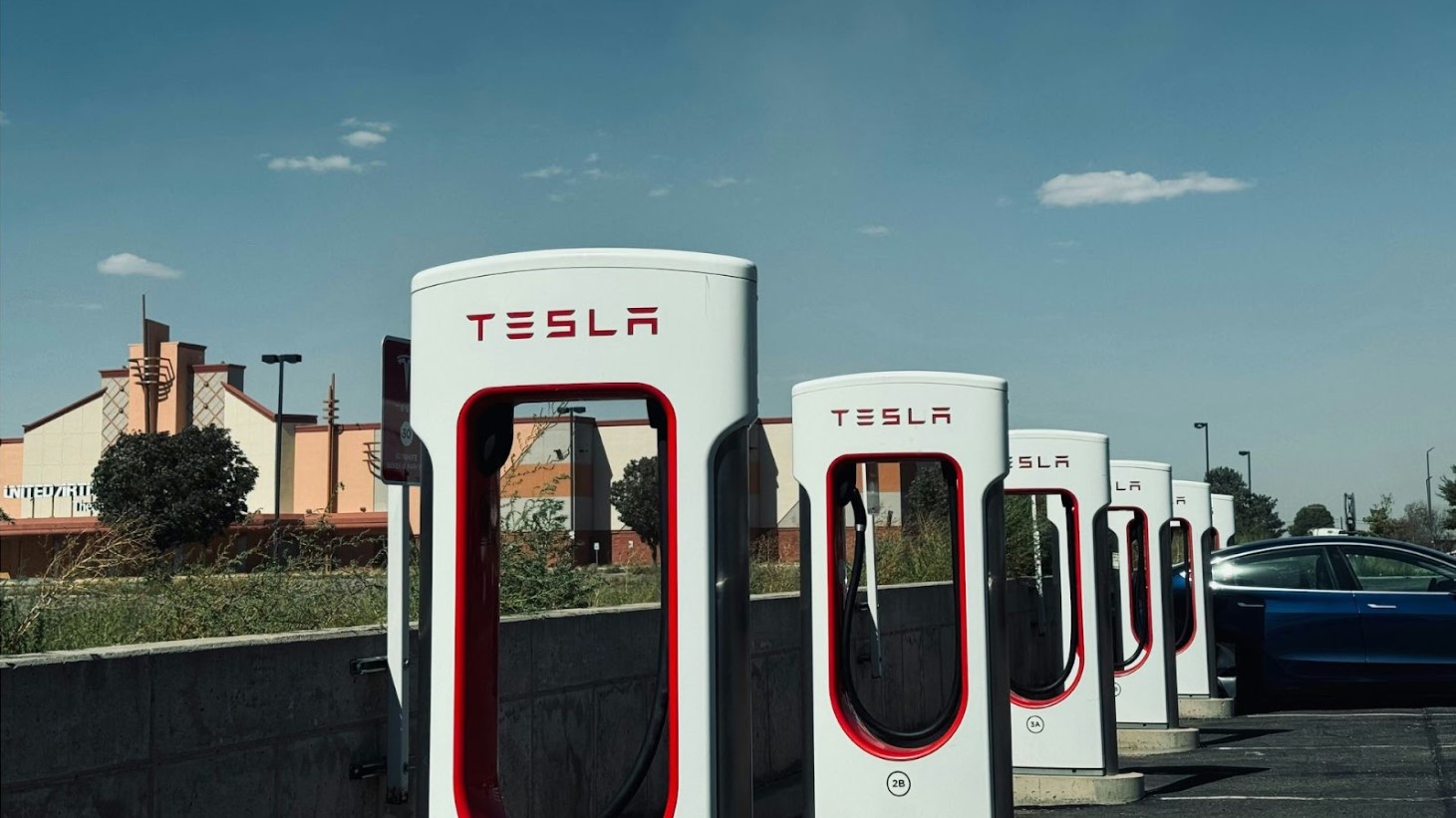
On his journey, Farley visited a charging station in Coalinga, California, where he observed a significant presence of Tesla Superchargers.
Despite the abundance of Tesla’s fast-charging options, Farley had to rely on a lower-speed charger, achieving a 40% charge in approximately 40 minutes.
Positive Charging Experience in Baker, California
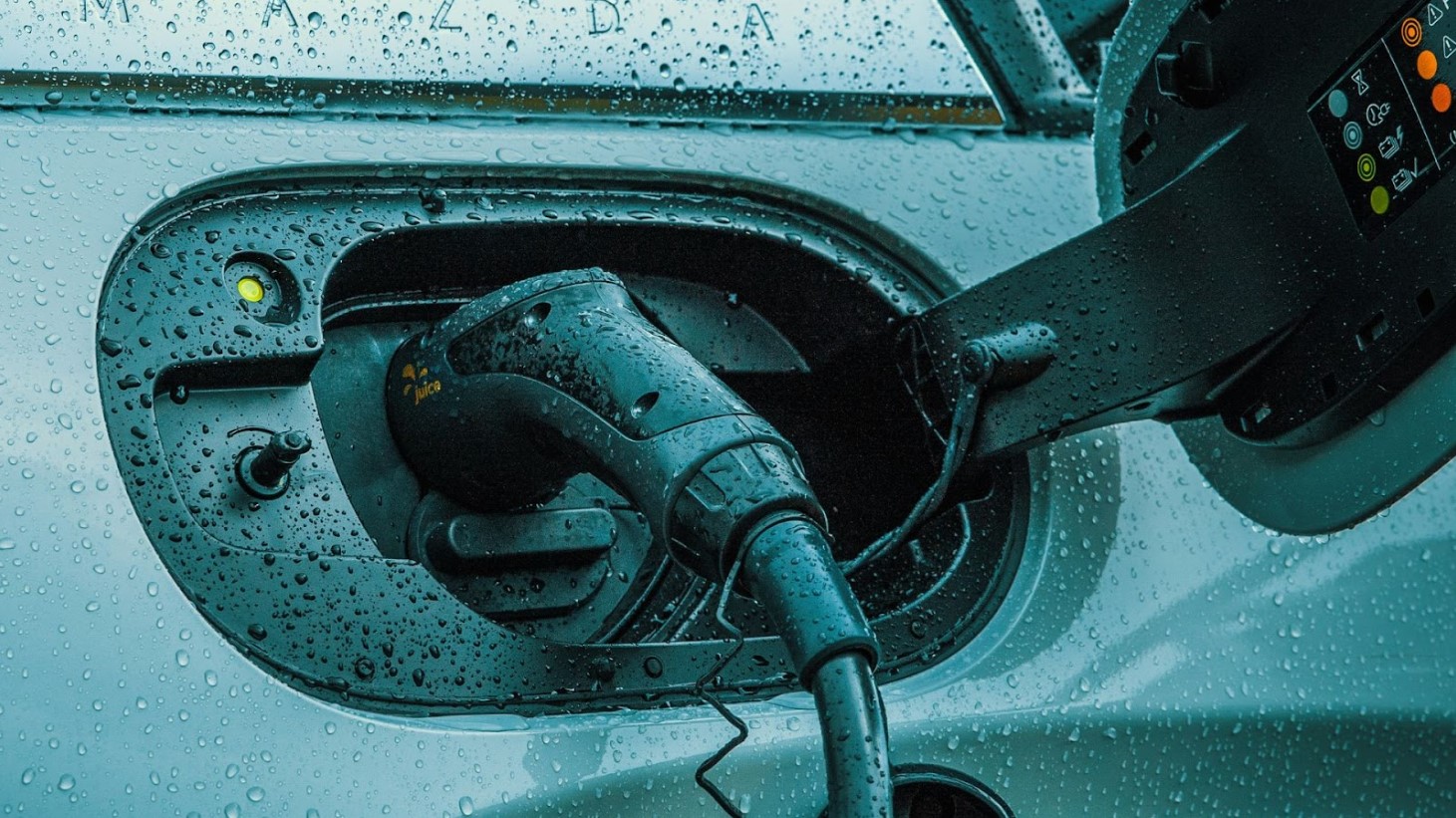
Not all experiences on the road were challenging for Farley. In Baker, California, he accessed a 350 kW charger that provided a quick and convenient charging session.
Farley expressed his satisfaction, stating, “Was so quick and easy.” This positive experience shed light on the significant impact that fast and efficient charging stations can have on the overall EV driving experience.
The Barrier to EV Adoption
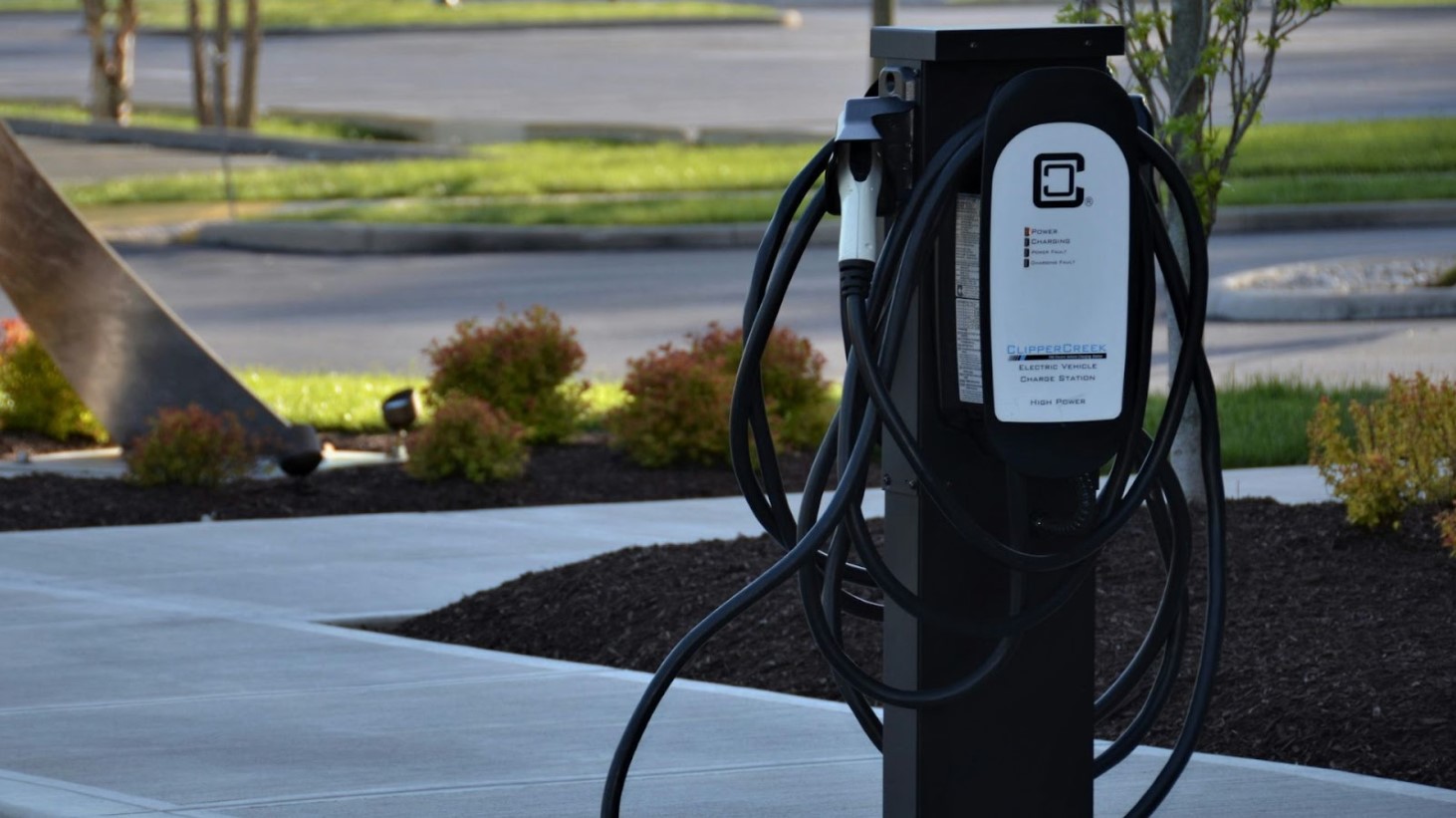
Farley’s road trip experience demonstrated a critical barrier to EV adoption: the current state of charging infrastructure.
Long charging times have deterred potential EV buyers, highlighting the urgency for advancements in charging technology and infrastructure to support the growing number of electric vehicles on the road.
Collaboration With Tesla for Charging Solutions
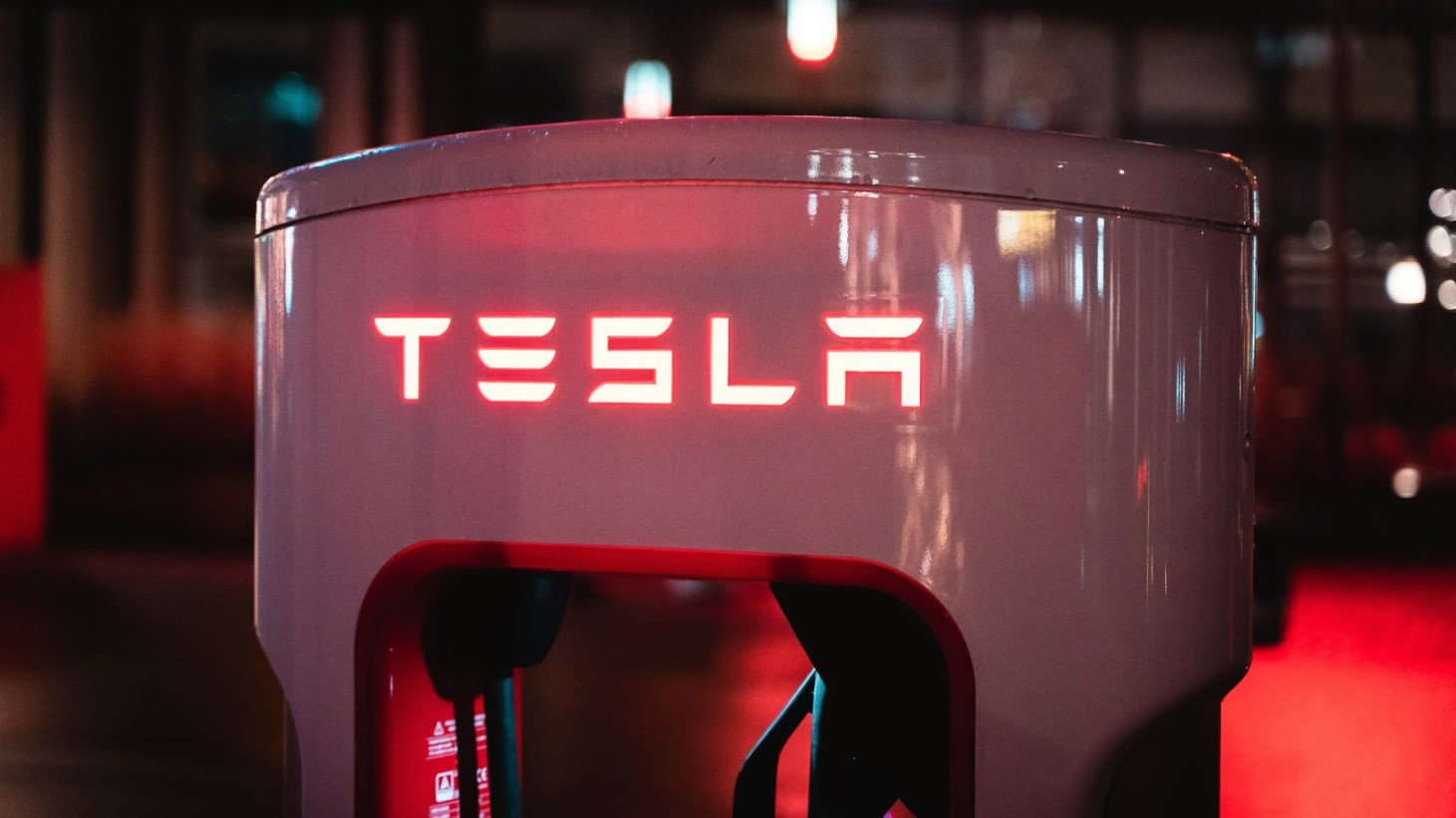
Recognizing the need for faster charging solutions, Ford has announced a partnership with Tesla to grant Ford EV drivers access to Tesla’s Supercharger network.
This collaboration aims to enhance the charging experience for Ford EV owners, potentially reducing charging times and making electric vehicles more appealing to a broader audience.
Farley’s Mission to Understand EV Challenges
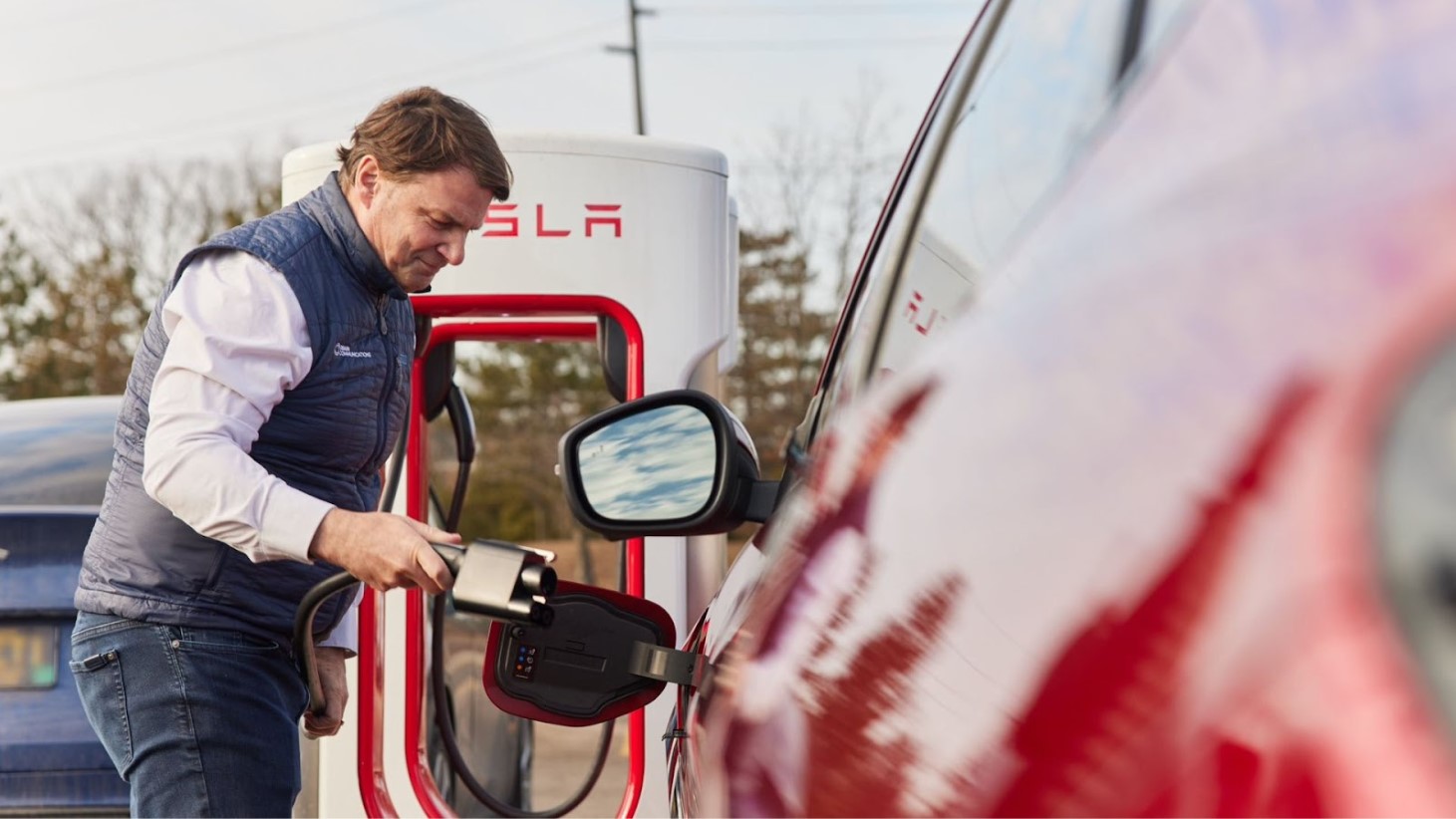
Embarking from Palo Alto, California, to Las Vegas along Route 66, Farley’s journey was not just about testing an EV; it was an in-depth research mission to understand the EV landscape.
According to a LinkedIn post by Farley, the trip was an opportunity to engage with various stakeholders in the EV community, from researchers to drivers, gaining insights into the challenges and opportunities within the EV market.
Ford to Benefit From Supercharger Access
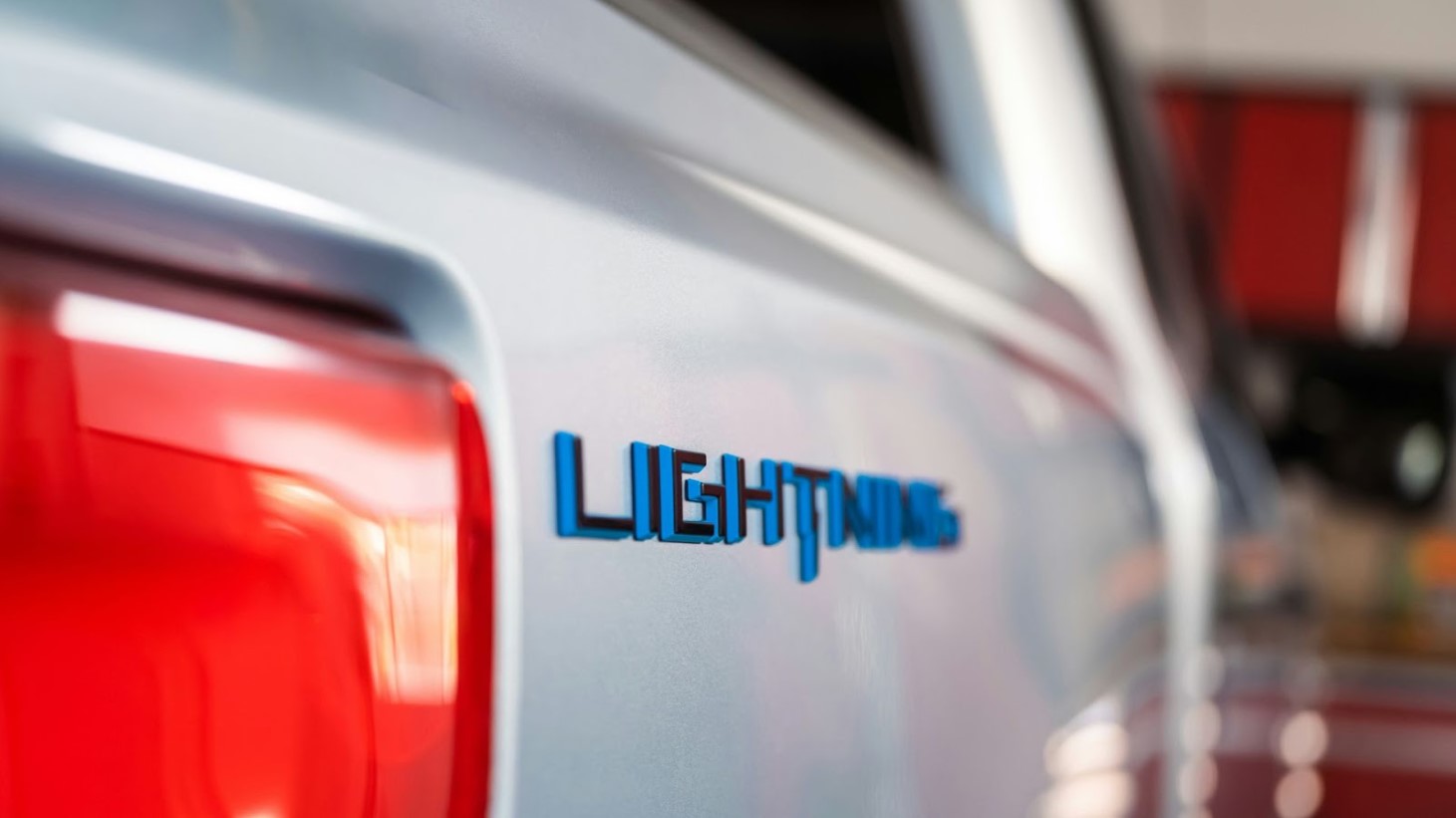
The upcoming access to Tesla’s Supercharger network for Ford EVs represents a significant improvement in the charging experience for Ford customers.
This strategic partnership is expected to alleviate some of the charging challenges highlighted by Farley, offering more efficient charging solutions and potentially accelerating EV adoption among Ford drivers.
Industry-wide Movement Towards Improved Charging Infrastructure
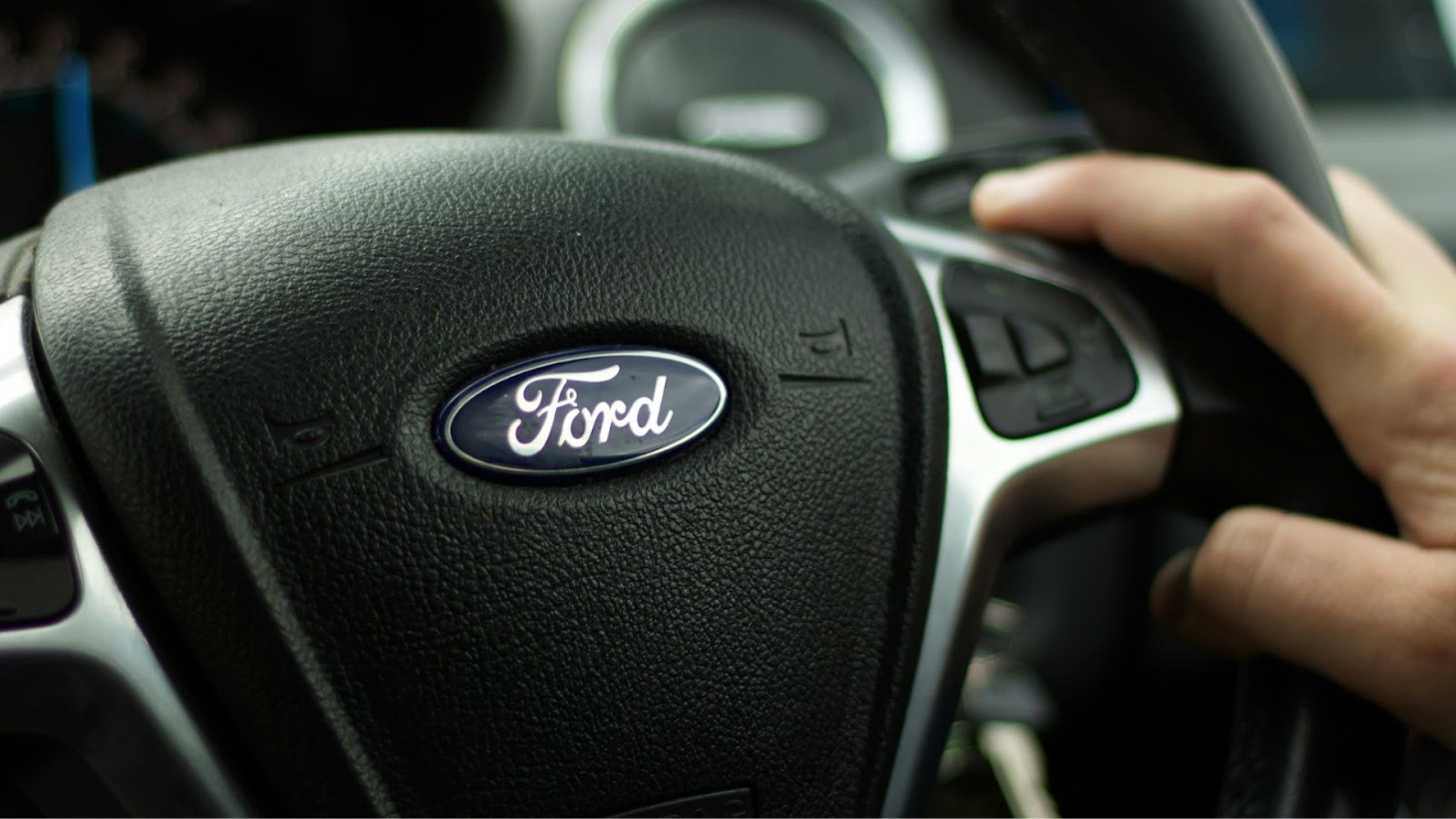
Following Ford’s announcement of its partnership with Tesla, other automotive manufacturers like GM and Rivian have also shown interest in improving their charging infrastructure.
This trend indicates a collective effort within the industry to address one of the major hurdles to EV adoption, ensuring better charging experiences for EV owners.
The Complex EV Landscape in the US Market

Bloomberg reports that the United States presents a challenging environment for electric vehicle (EV) manufacturers, with mixed signals regarding the demand for EVs. Ford and General Motors have expressed concerns about declining EV demand, yet Tesla continues to achieve success, and other manufacturers like Hyundai and Kia show no signs of slowing down.
The scenario is further complicated by the changes to the Inflation Reduction Act (IRA) tax credits, making it harder to access them this year. However, for models that do qualify, the tax credit will be available at the point of sale, potentially influencing buyer decisions.
EV Sales Projections and Market Influences
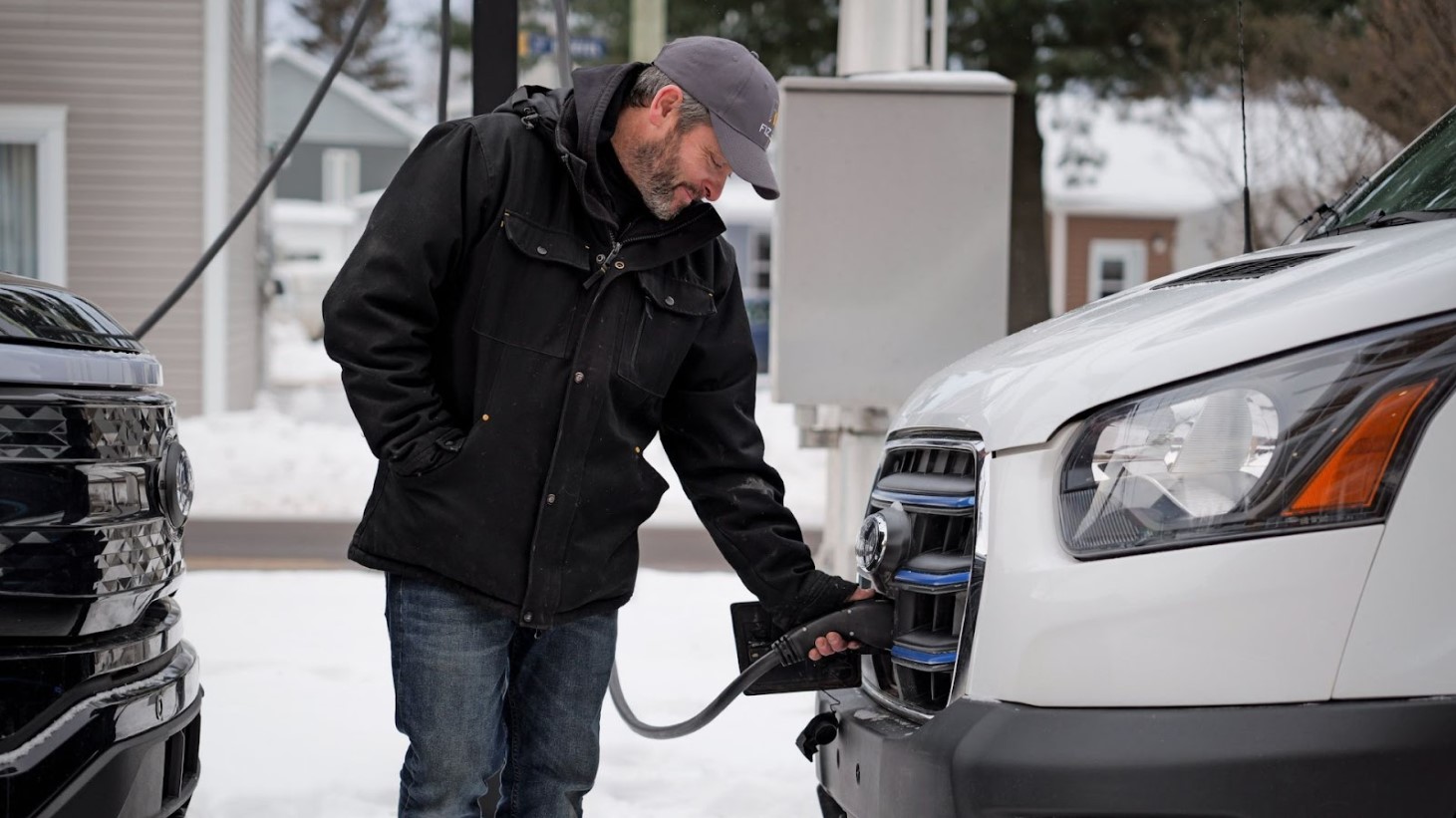
Projected EV sales in the US are estimated to be just under 1.9 million units, representing 13% of new car purchases.
However, the market faces potential uncertainties, with political polarization potentially impacting sales negatively. It’s important to note that while the US is a significant market, it is expected to contribute to only about 11% of global EV sales. Given the global perspective, the developments in the US should be viewed with caution, understanding that they are part of a larger, more diverse global EV landscape.
Ford Adjusts Its EV Strategy
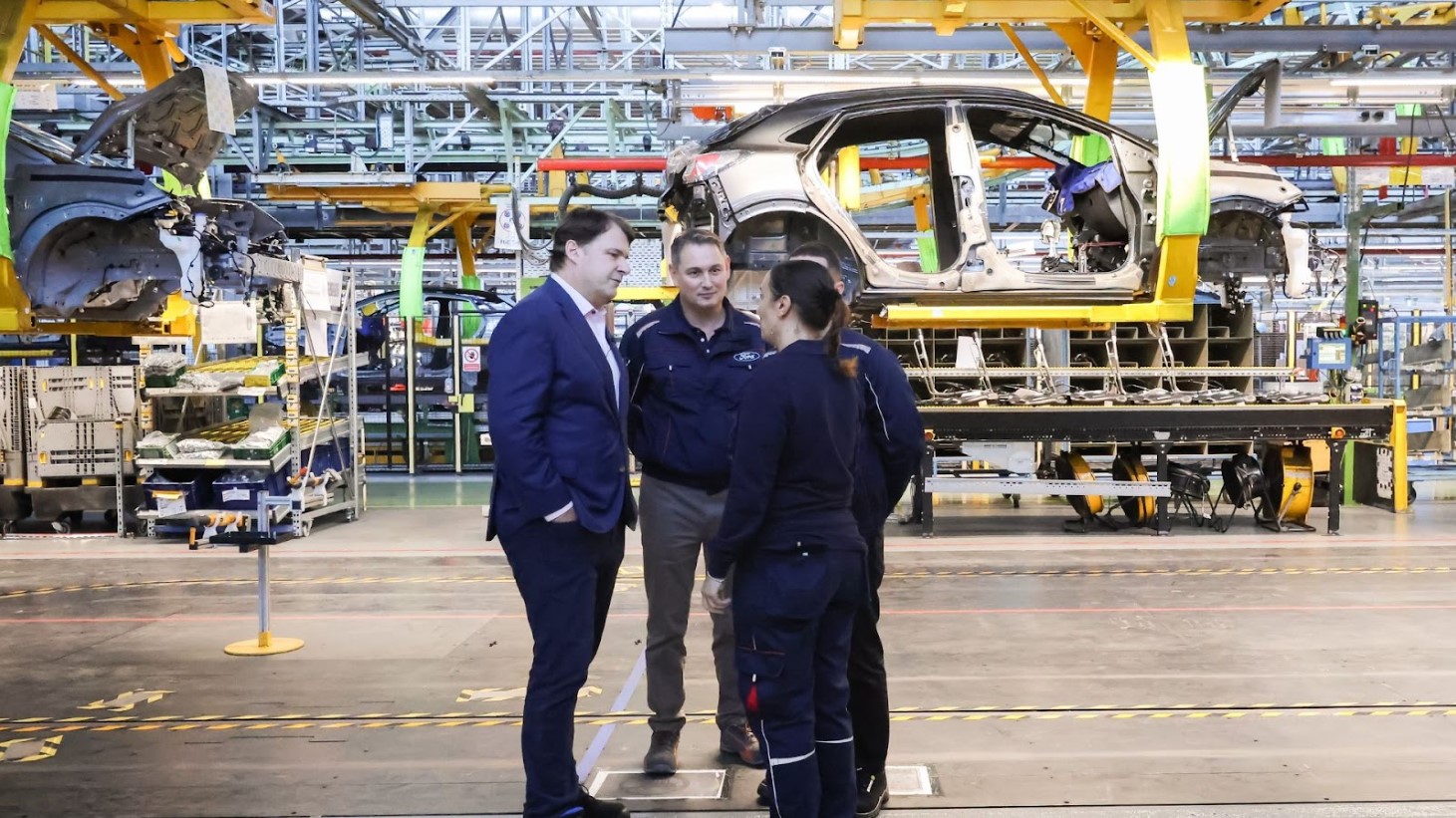
In response to market dynamics and the challenges of EV adoption, Ford has recalibrated its production forecasts and strategic goals.
Originally ambitious in its EV production targets, the company has had to adjust its plans, demonstrating the need for flexibility and responsiveness in the rapidly evolving EV landscape.
